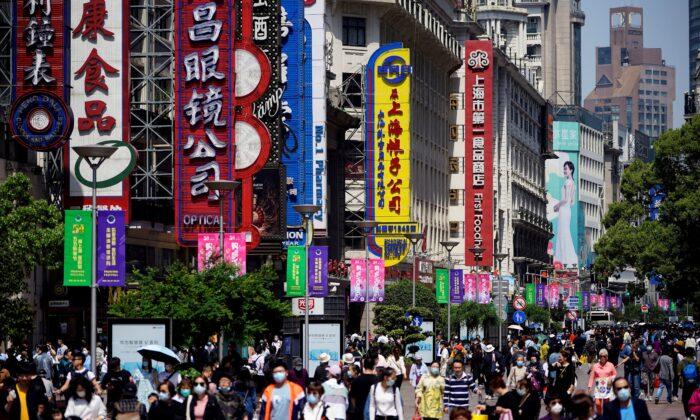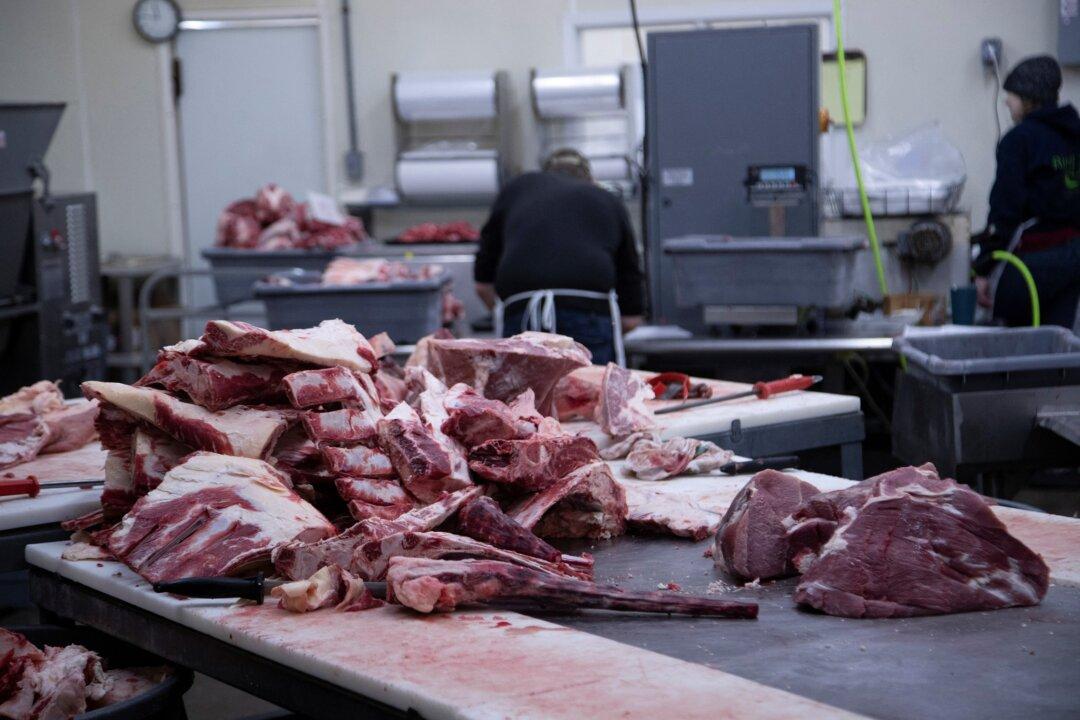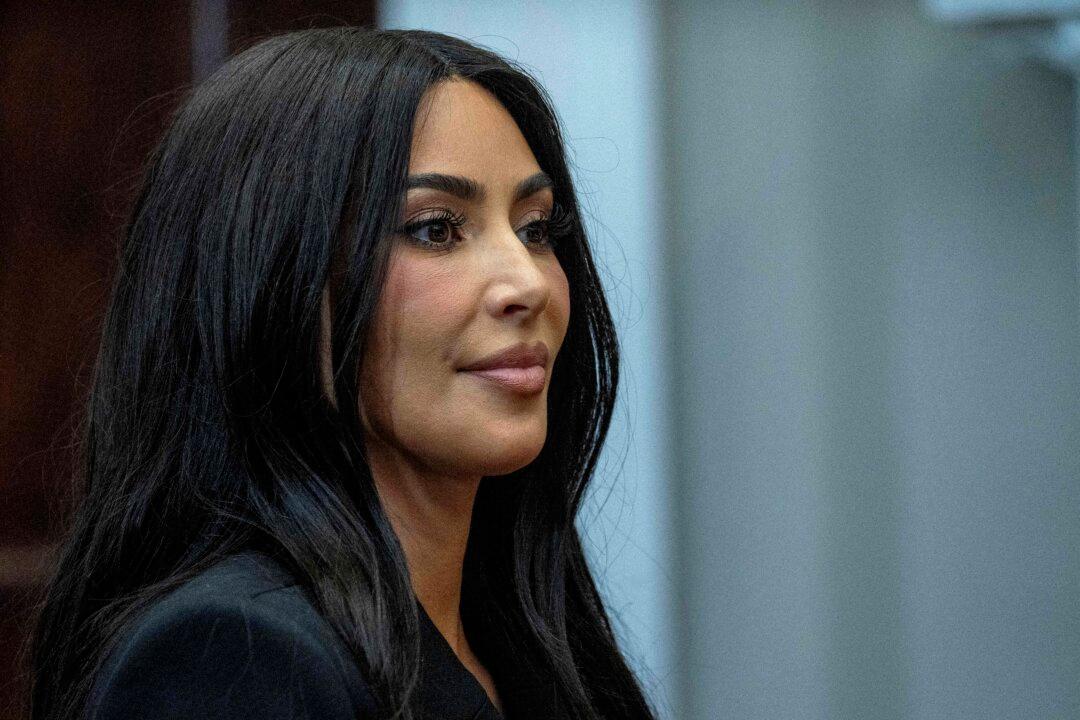BEIJING—China’s annual consumer inflation rate accelerated in December, driven by rising food prices even as domestic demand wavered amid restrained economic activity.
Economists expect inflation to continue to pick up in the first quarter of 2023.
The consumer price index (CPI) in December was 1.8 percent higher than a year earlier, rising faster than the 1.6 percent annual gain seen in November, data from the National Bureau of Statistics (NBS) showed on Thursday. The result matched a Reuters poll estimate of 1.8 percent.
The annual rate fall in the producer price index (PPI) slowed in December to 0.7 percent from the 1.3 percent seen in the previous month. Economists in a Reuters poll had expected a 0.1 percent decline, reflecting disruption of industry by a high number of COVID-19 cases towards the end of 2022.
The Chinese regime abandoned its strict zero-COVID measures last month, lifting lockdowns, removing quarantine, and halting regular testing. As a result, economists expect inflation to continue to accelerate in the first quarter.
“There are some early signs that the transition toward living with COVID is starting to put upward pressure on prices,” said Zichun Huang, economist at Capital Economics. “But the uptick in inflation is unlikely to be as large as that seen in many other economies as they reopened.”
Analysts do not expect rising inflation to prompt a rise in interest rates.
“As inflation will remain manageable over the foreseeable future, we think the People’s Bank of China will need to lower the MLF (policy) rate by 10 bps in Q1,” said Zhou Hao, chief economist at Guotai Junan Group.
Food prices were 4.8 percent higher in December than a year earlier, after an annual rise of 3.7 percent seen in November.
Core inflation, which excludes food and energy prices, is still subdued, although it did edge up from an annual rate of 0.6 percent in November to 0.7 percent last month. That reflected the early effects of reopening being felt in the healthcare and travel sectors, where inflation ticked up.
The average CPI for all of 2022 was 2.0 percent higher than in 2021, compared with the authorities’ target of a rise of around 3 percent.
Bruce Pang, the chief economist at Jones Lang Lasalle, expects the year-average CPI for 2023 to up 2.5 percent on 2022.





